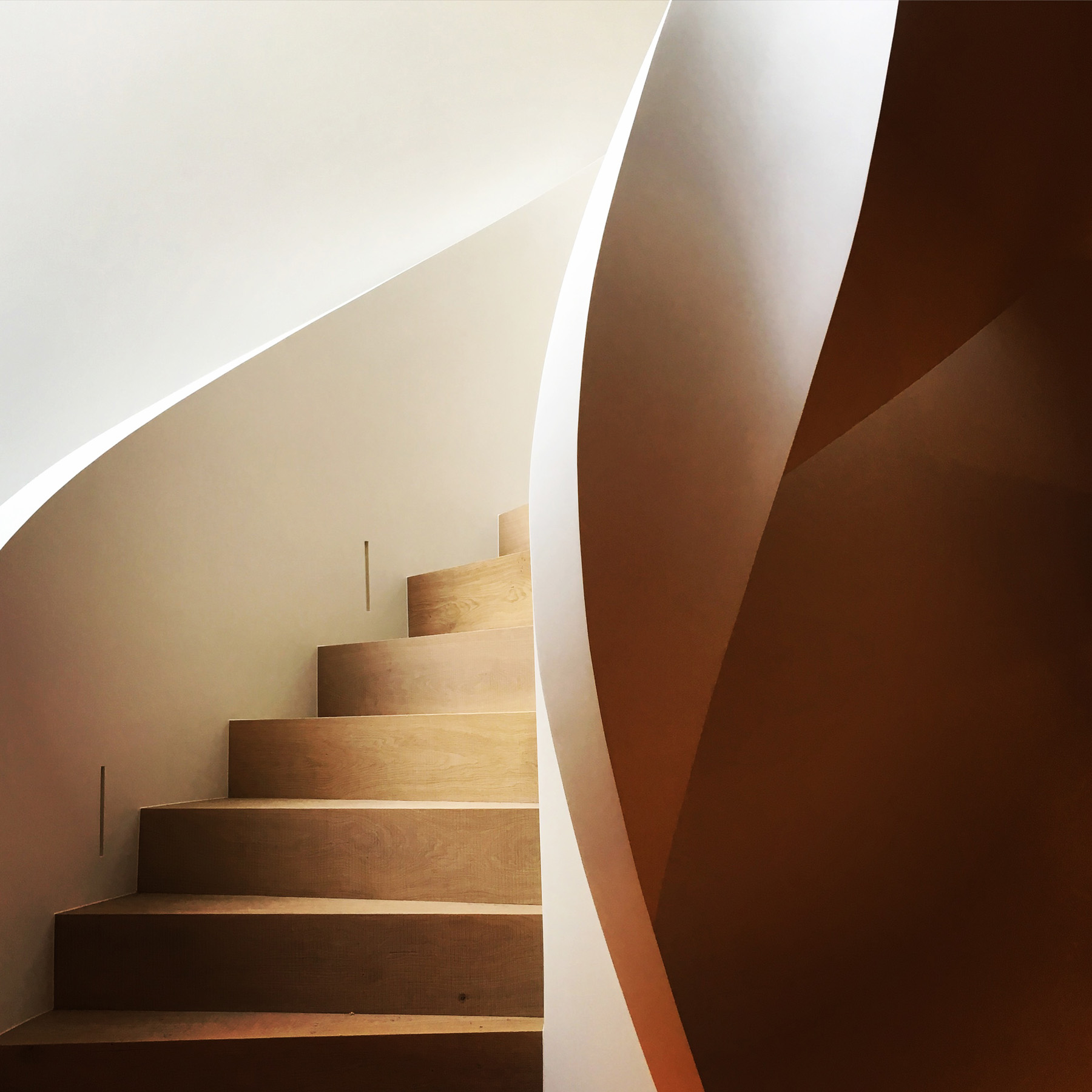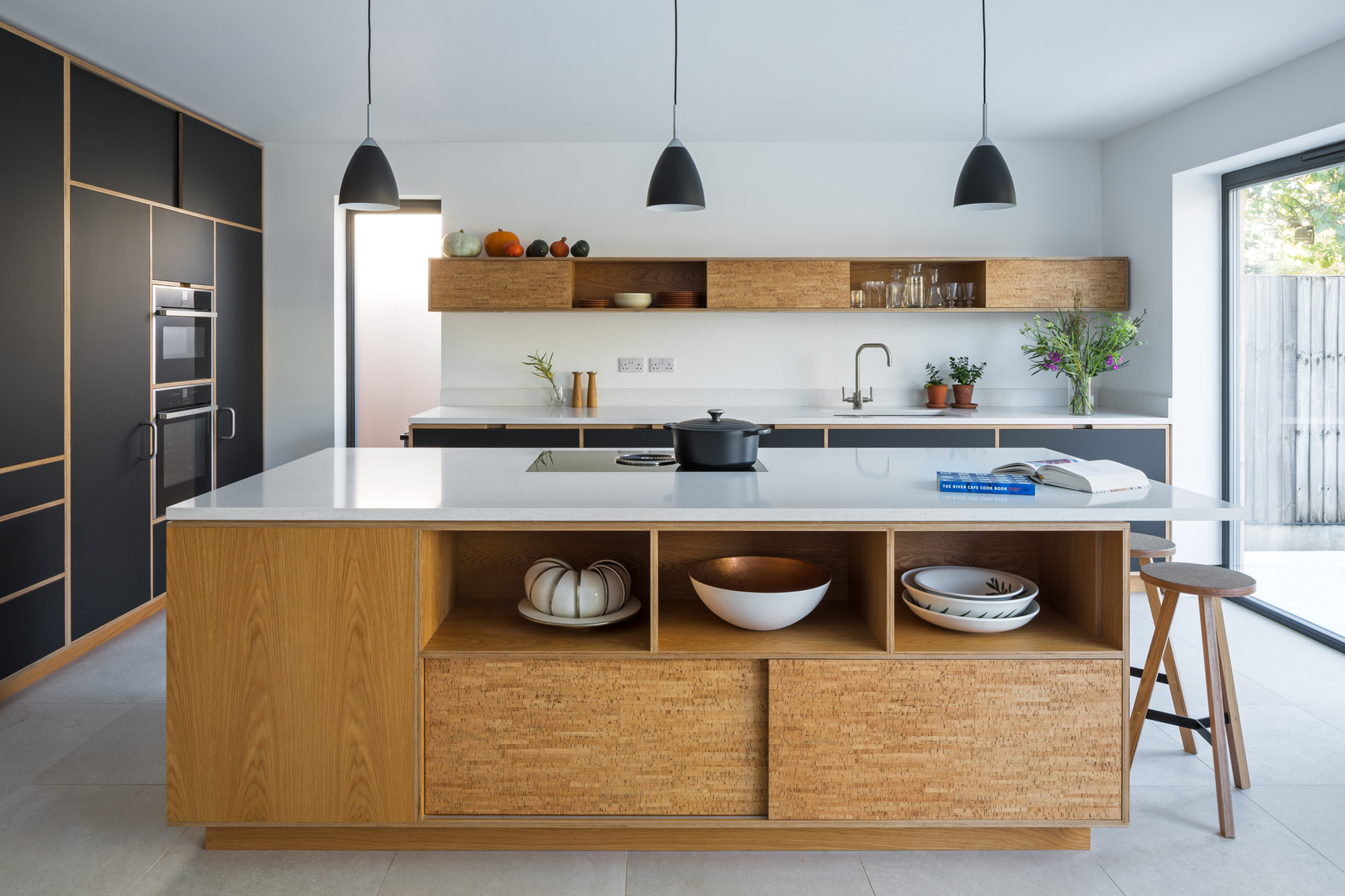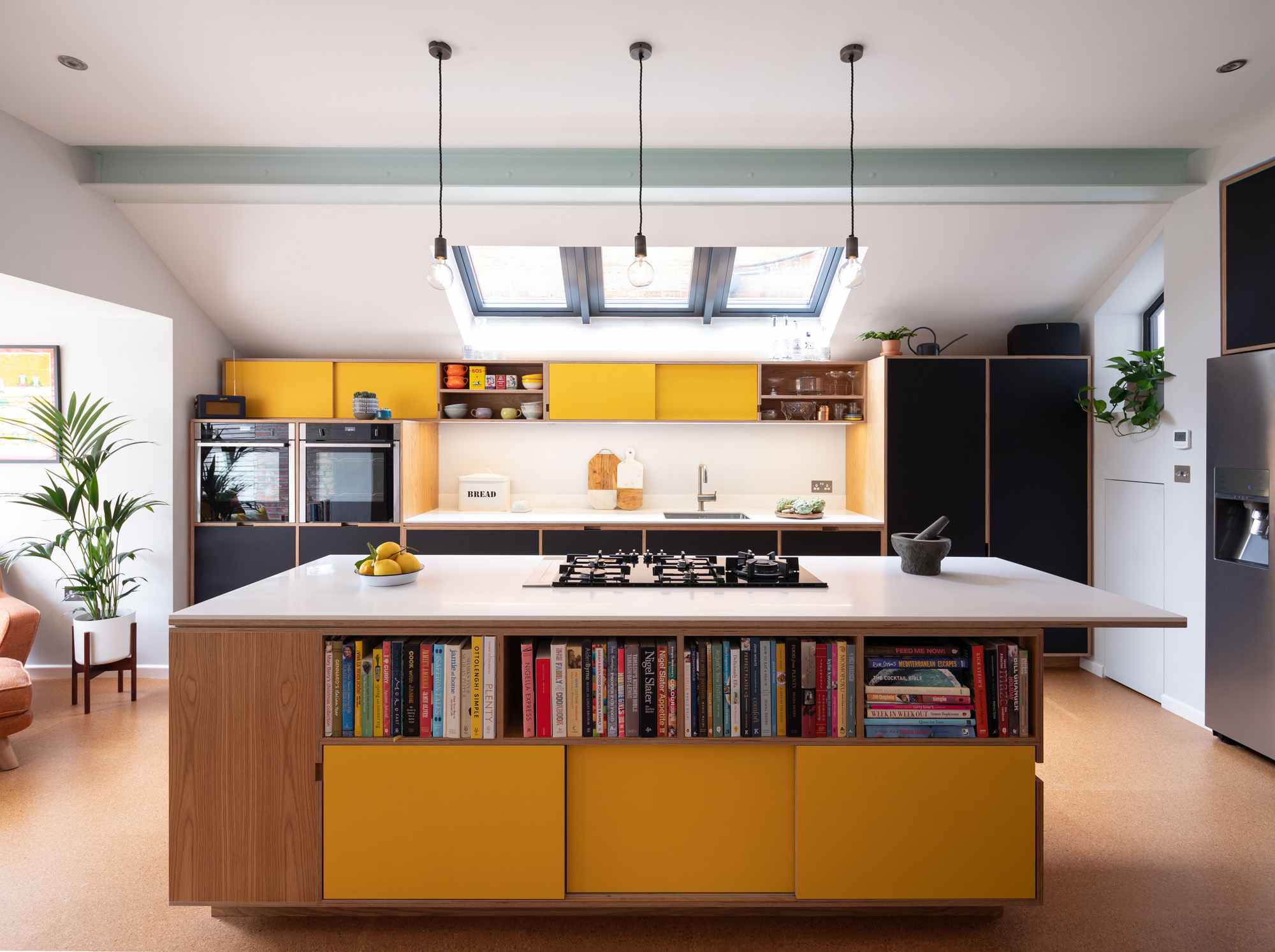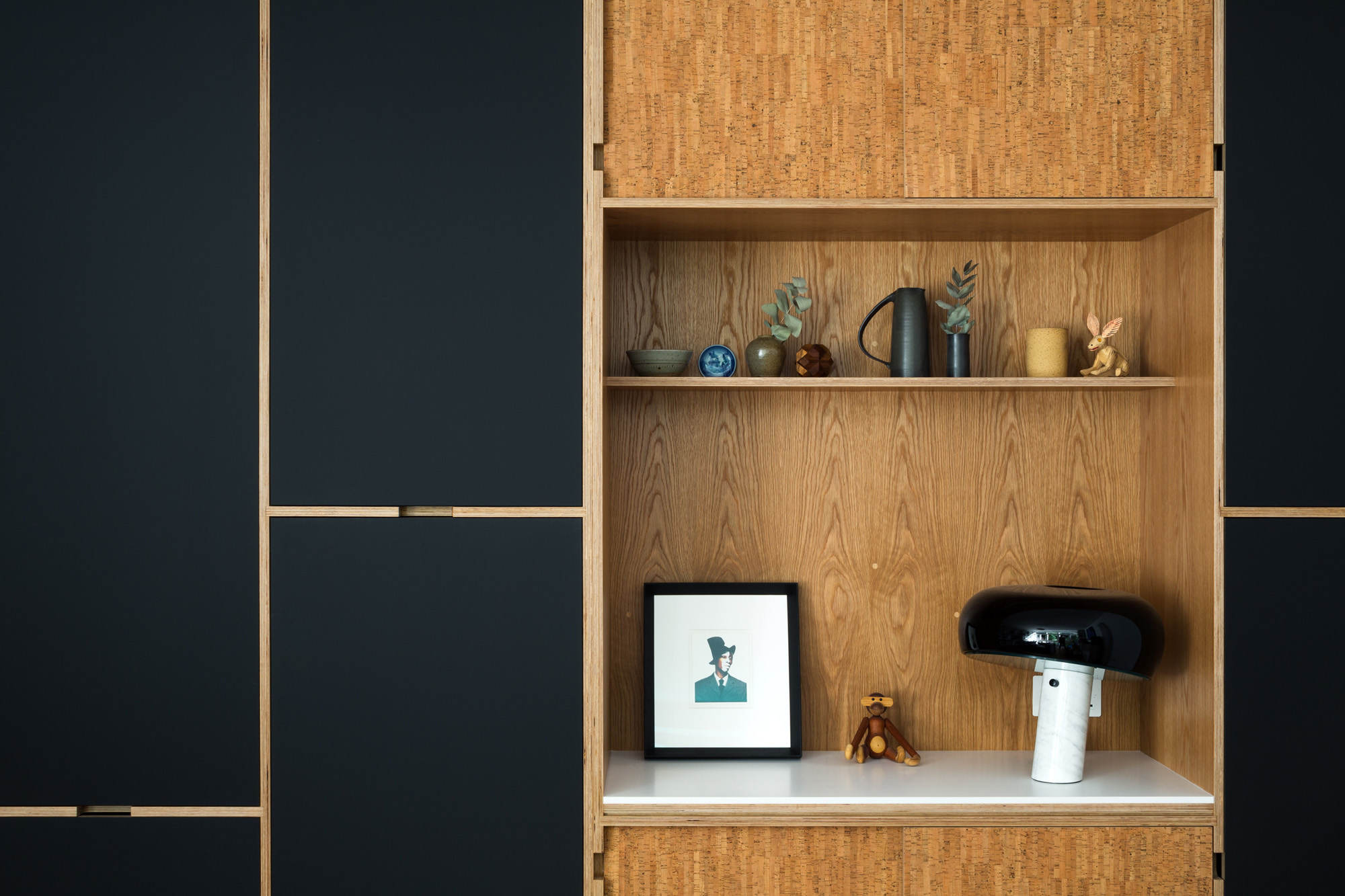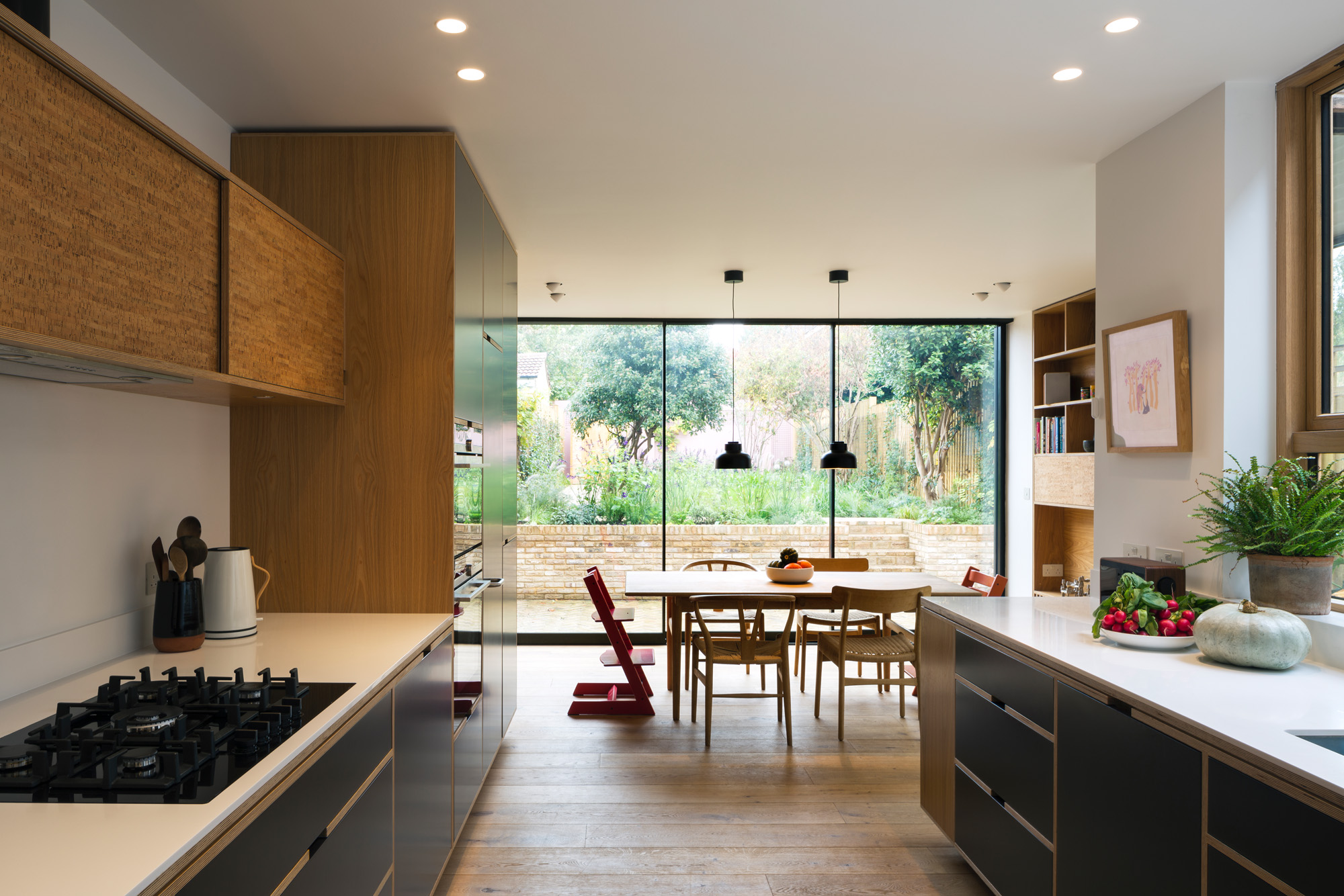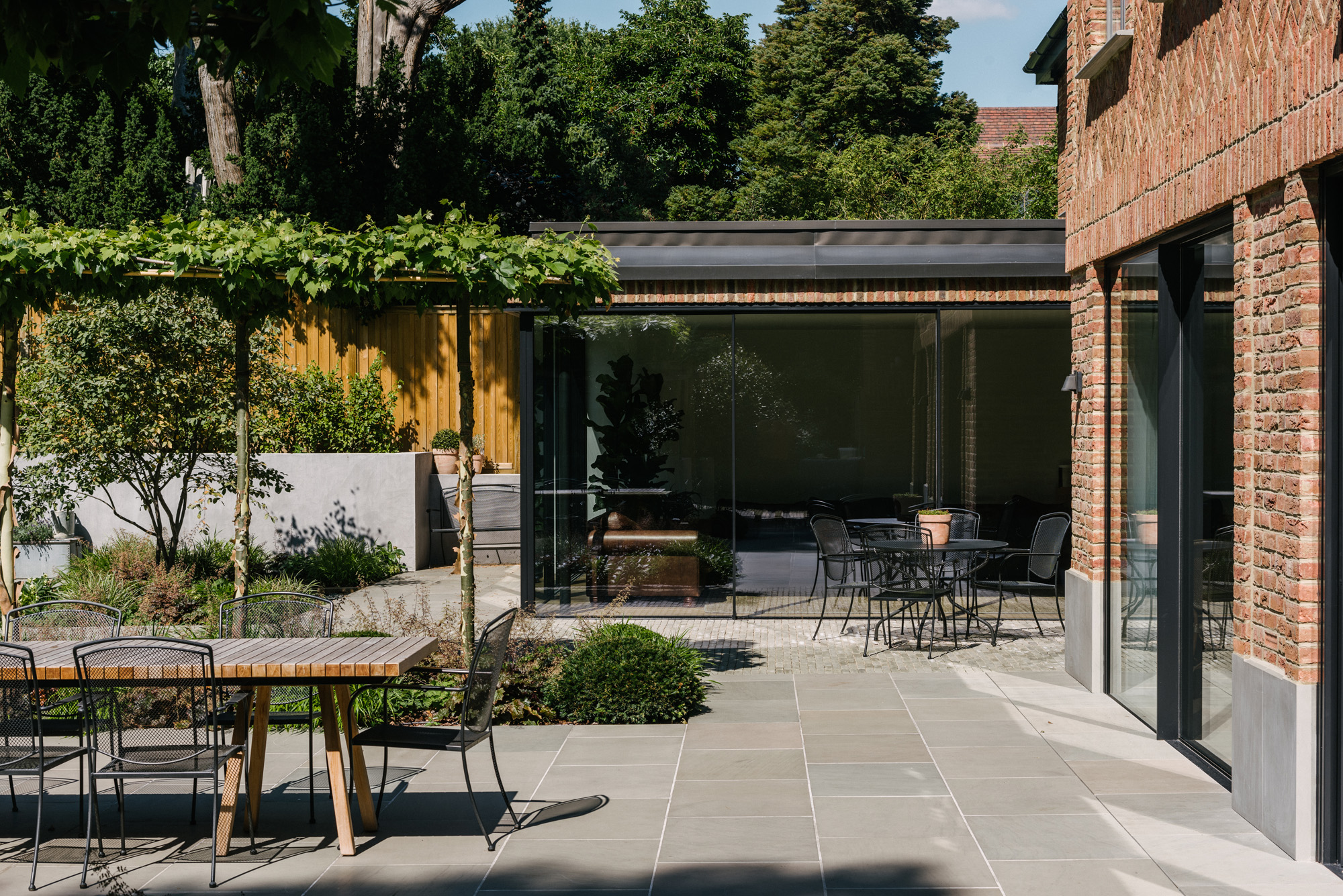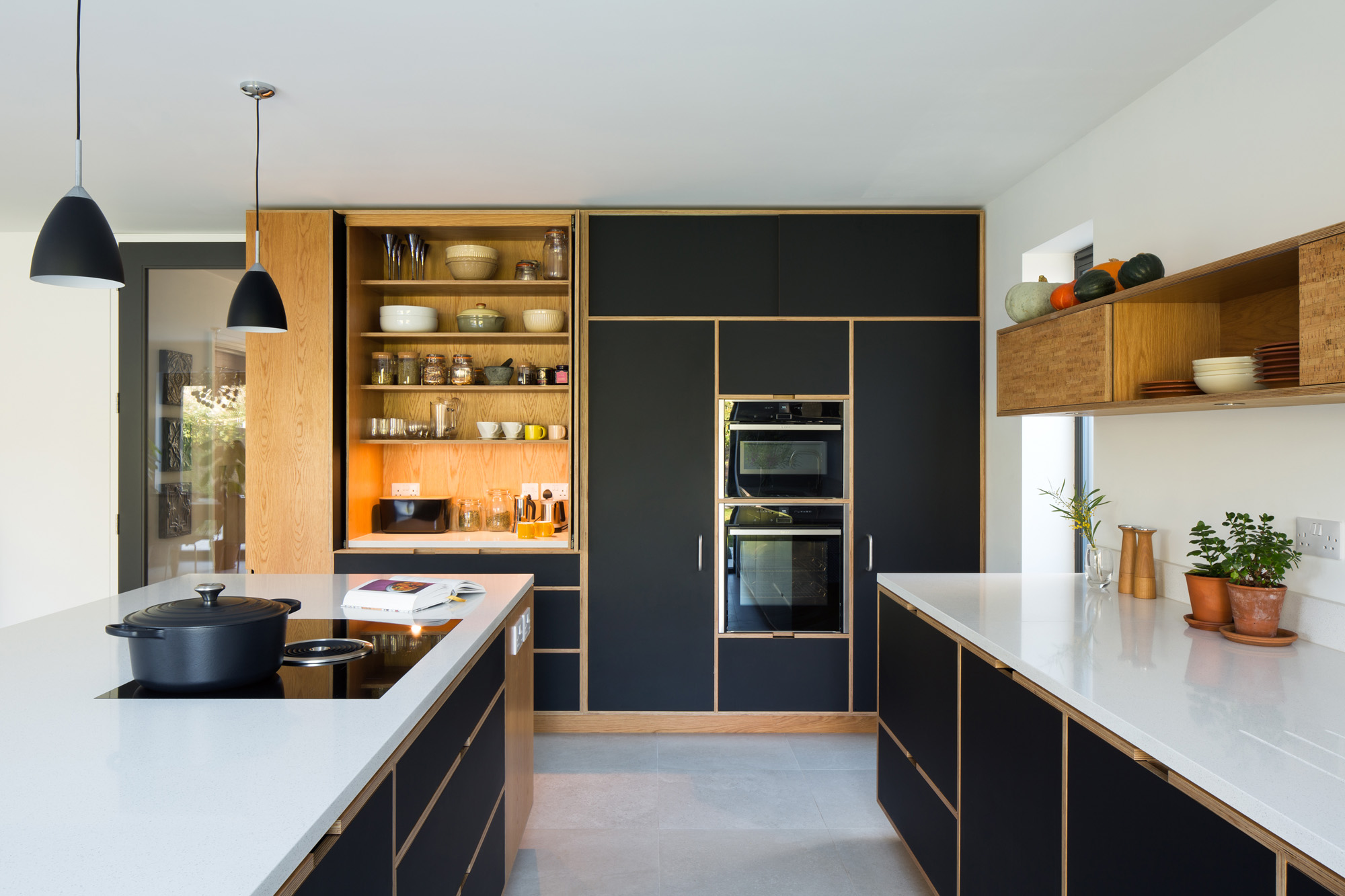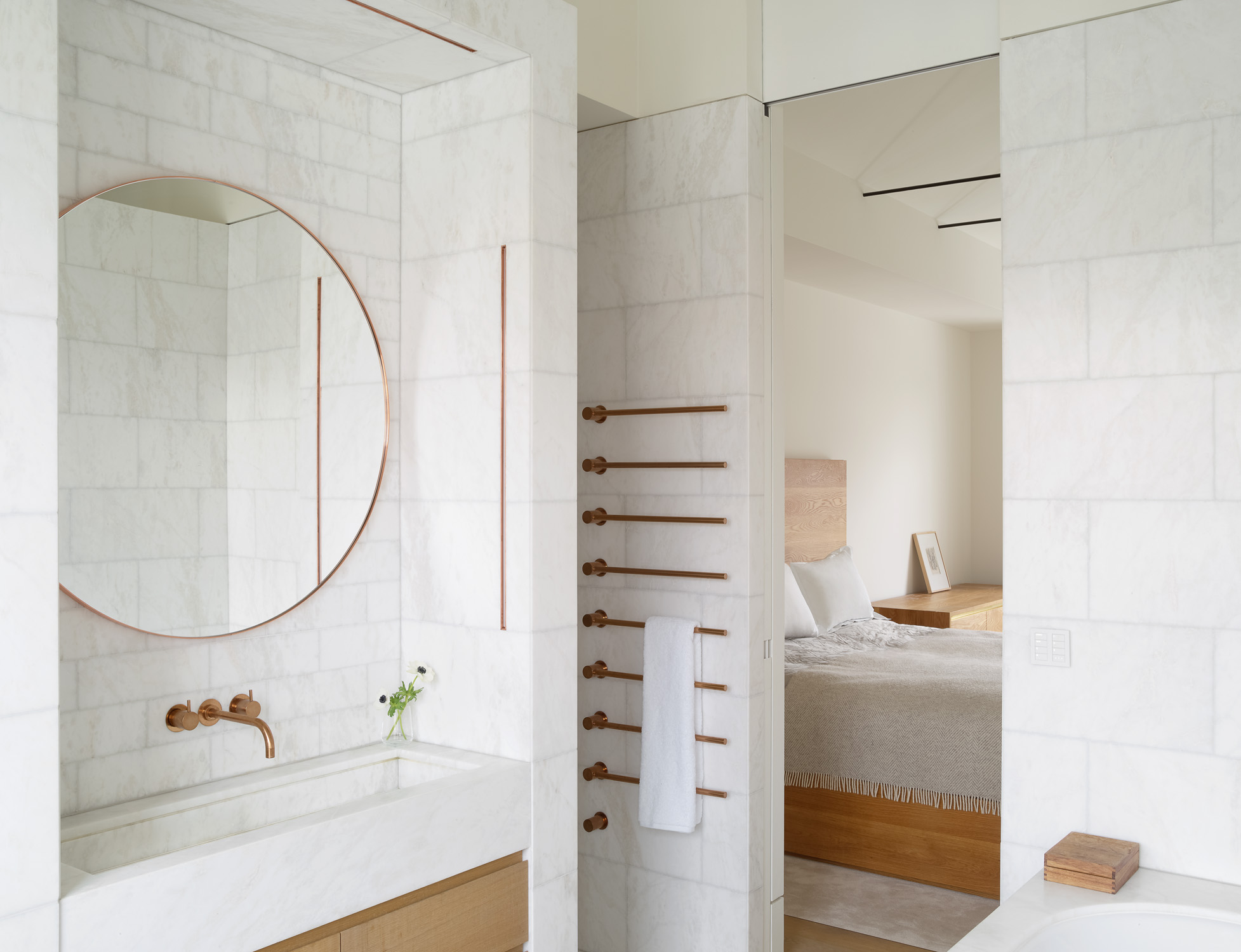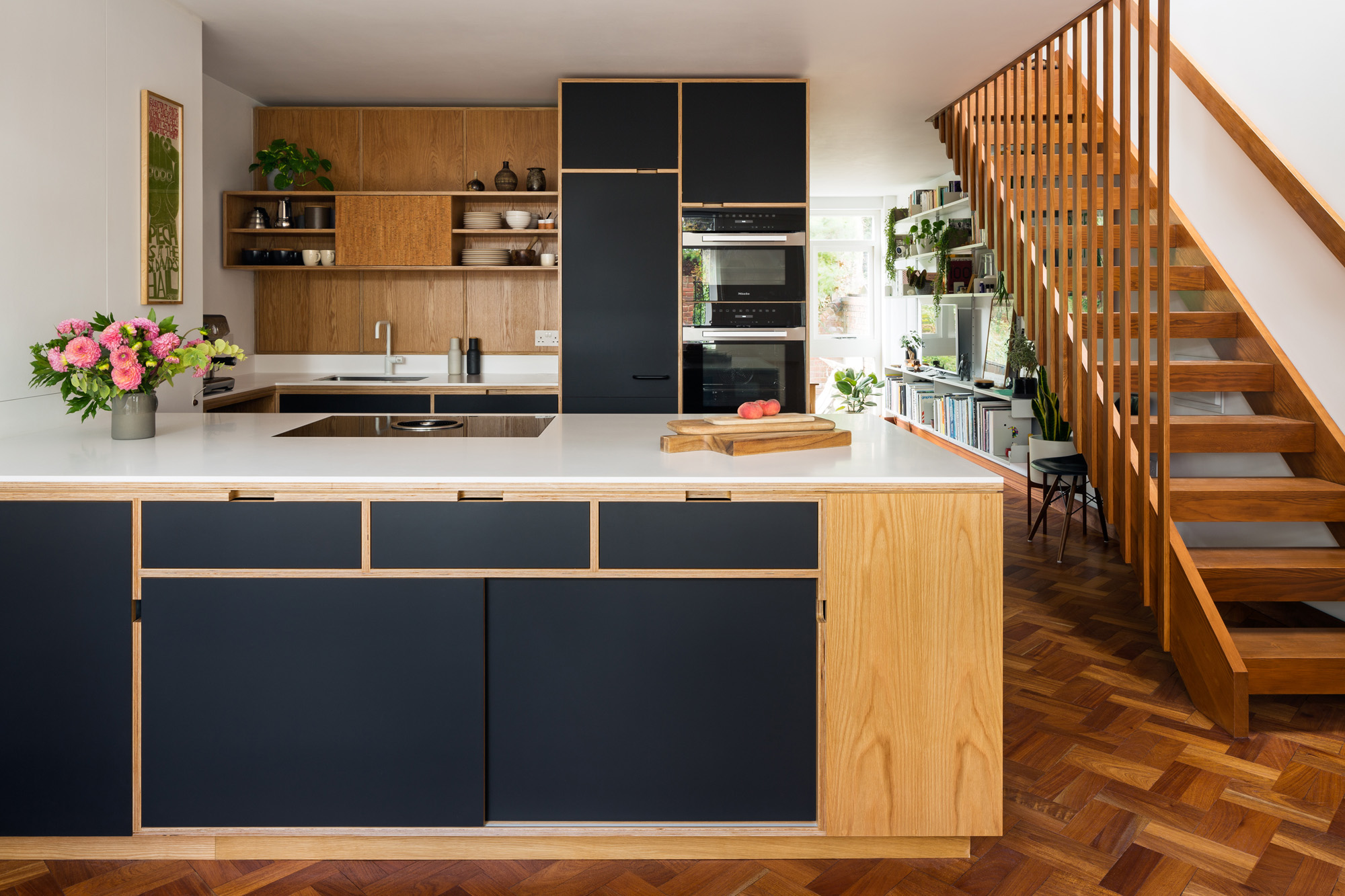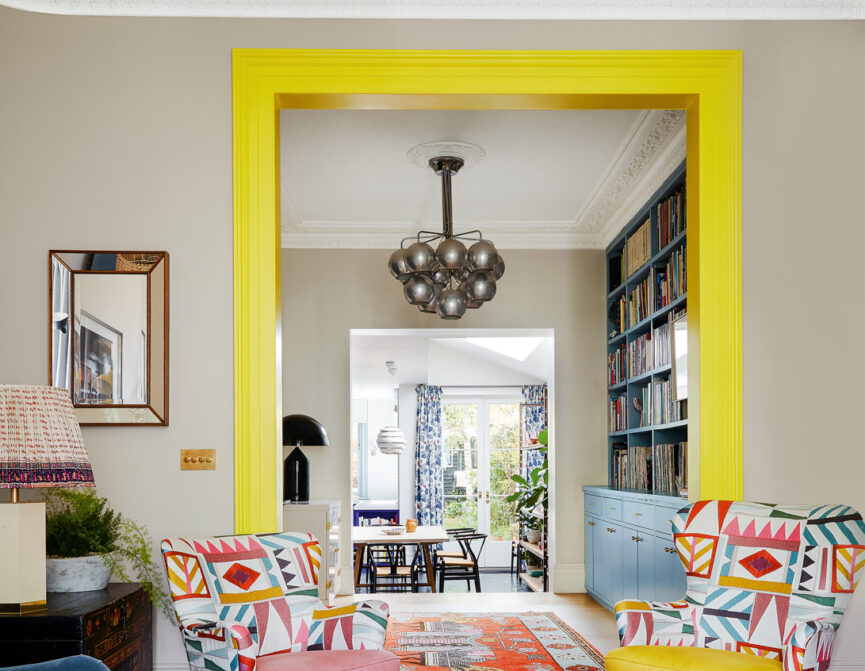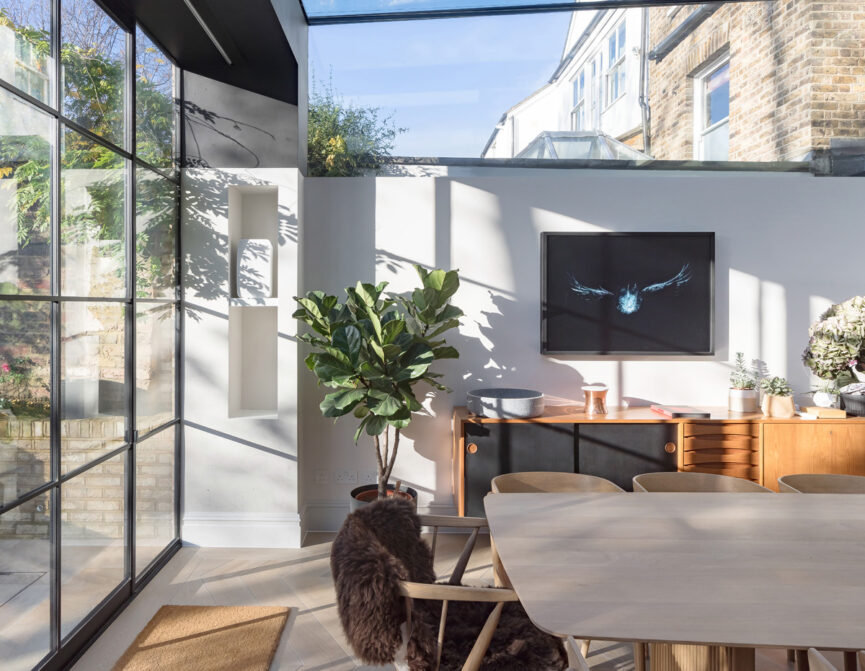Domestic design in the new normal; what does “home” mean to you? Designers reimagine our post-pandemic living spaces.
Design is a constant process of evolution. The ideas that shape our every day are, in turn, shaped by the reality of our every day. In the last year, lockdown restrictions have transformed the way we use, respond to and think about our living spaces. Our needs and expectations are expanding beyond what the traditional residential property was built to do. With this in mind, we turned to leading designers to ask: what effects will the pandemic have on our homes of tomorrow?
The multifunctional home
Homes are no longer private spaces dedicated to living and leisure. Behind closed doors, we work, host virtual meetings, and school younger generations. It’s unsurprising, then, that multifunctionality is a key interiors trend for 2021 – and likely beyond. “We expect 2021 will see a focus on privacy: rooms with doors that can be closed,” Max De Rosee and Claire Sa envisage. Their architecture studio, De Rosee Sa is renowned for its inventive, contextual and timeless body of work. “In the long term, we predict clients, particularly families, will favour less open-plan arrangements. Separate spaces provide privacy and flexibility – they can easily be repurposed.”
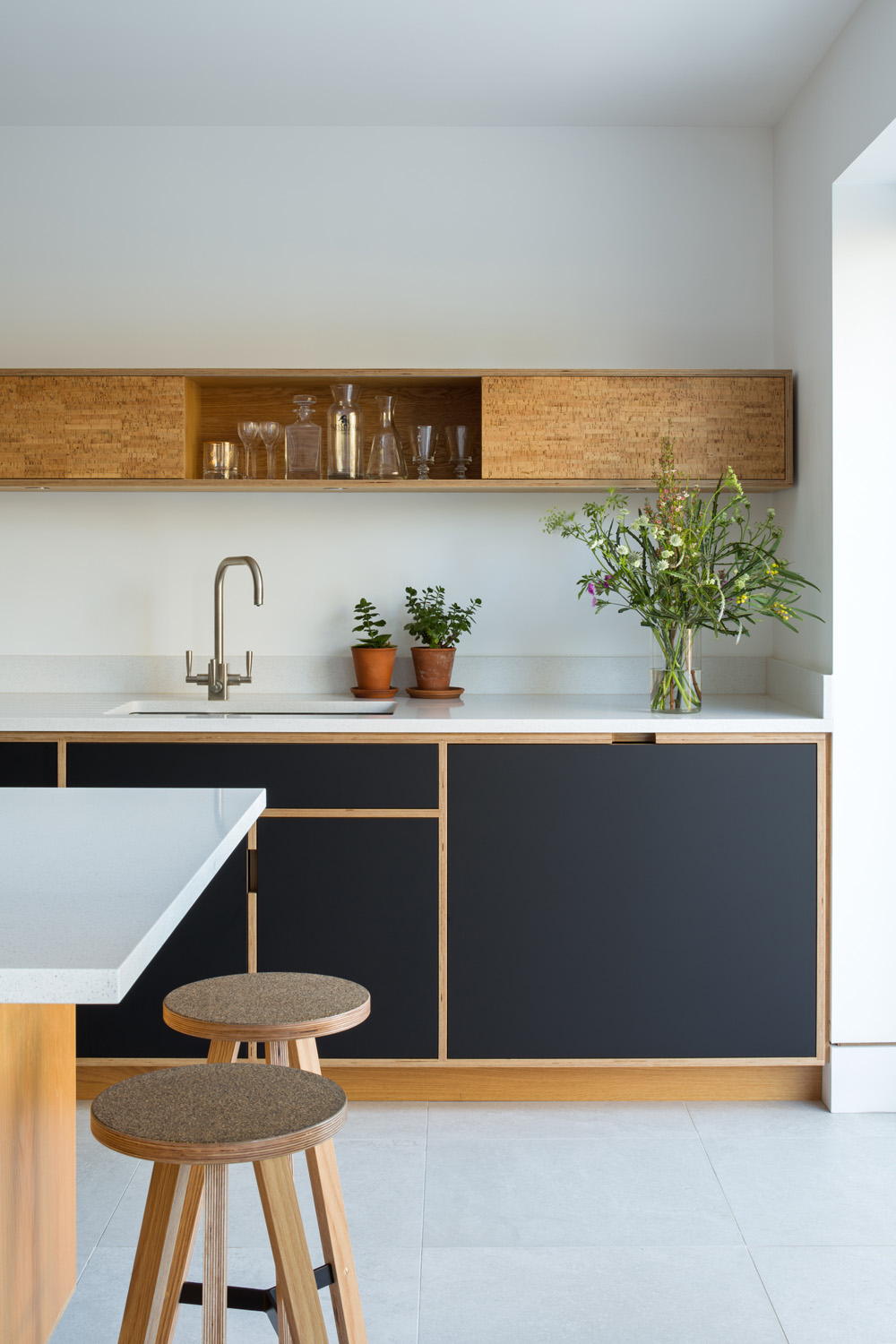
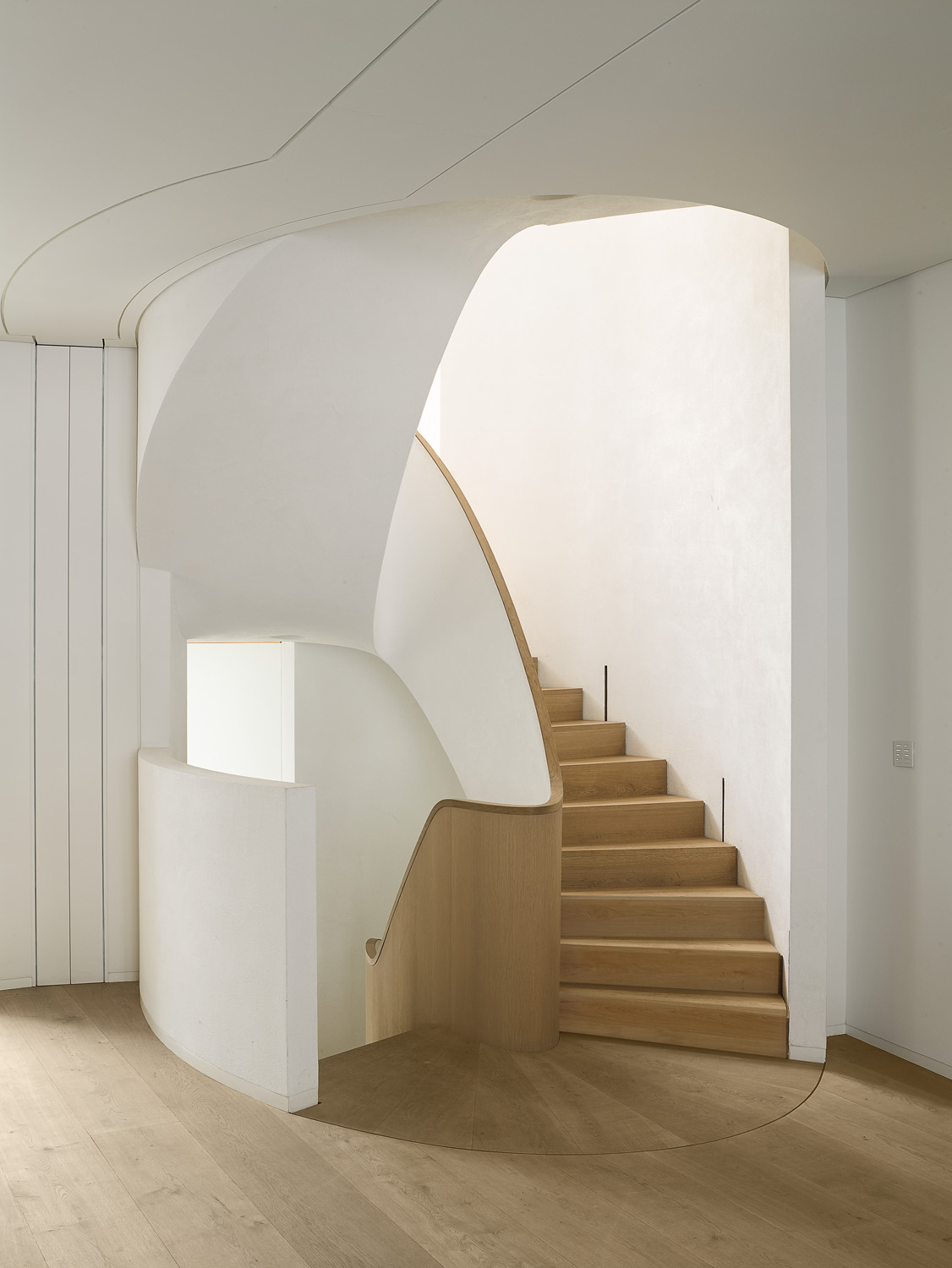
Zoning a home doesn’t need to involve blocking off entire rooms, however. Architect Alan Drumm and product designer James Hoy of Uncommon Projects, creator of custom-built plywood furniture, recommend a simpler approach. “Bespoke furniture such as open shelving and peninsulas can enable continuity but establish distinct zones that aren’t entirely closed-off,” they explain. Consider one of its bespoke kitchens in a Bermondsey home. Uncommon Projects devised a “storage screen”, fitted with shelving and sliding doors, that served a dual purpose of both opening up the kitchen/ living space and closing it off as and when required – a feature that helped the room meet building control’s stipulations.
In smaller properties, space can be delineated by a single piece of furniture. Blocks of paint can differentiate areas and associate them with particular actions. Still not enough room? The co-directors of award-winning architecture firm Russian for Fish advocate for the flexible use of furniture. “Pieces used for work, study or play during the day should be shut away or removed in the evening,” say Pereen d’Avoine and Nilesh Shah. “That way, the same area can be used for dining or relaxation.”
Home doesn't stop when you step out your front door...the 20-minute city will become a big factor in people’s choice of where they choose to live.
- Cousins & Cousins
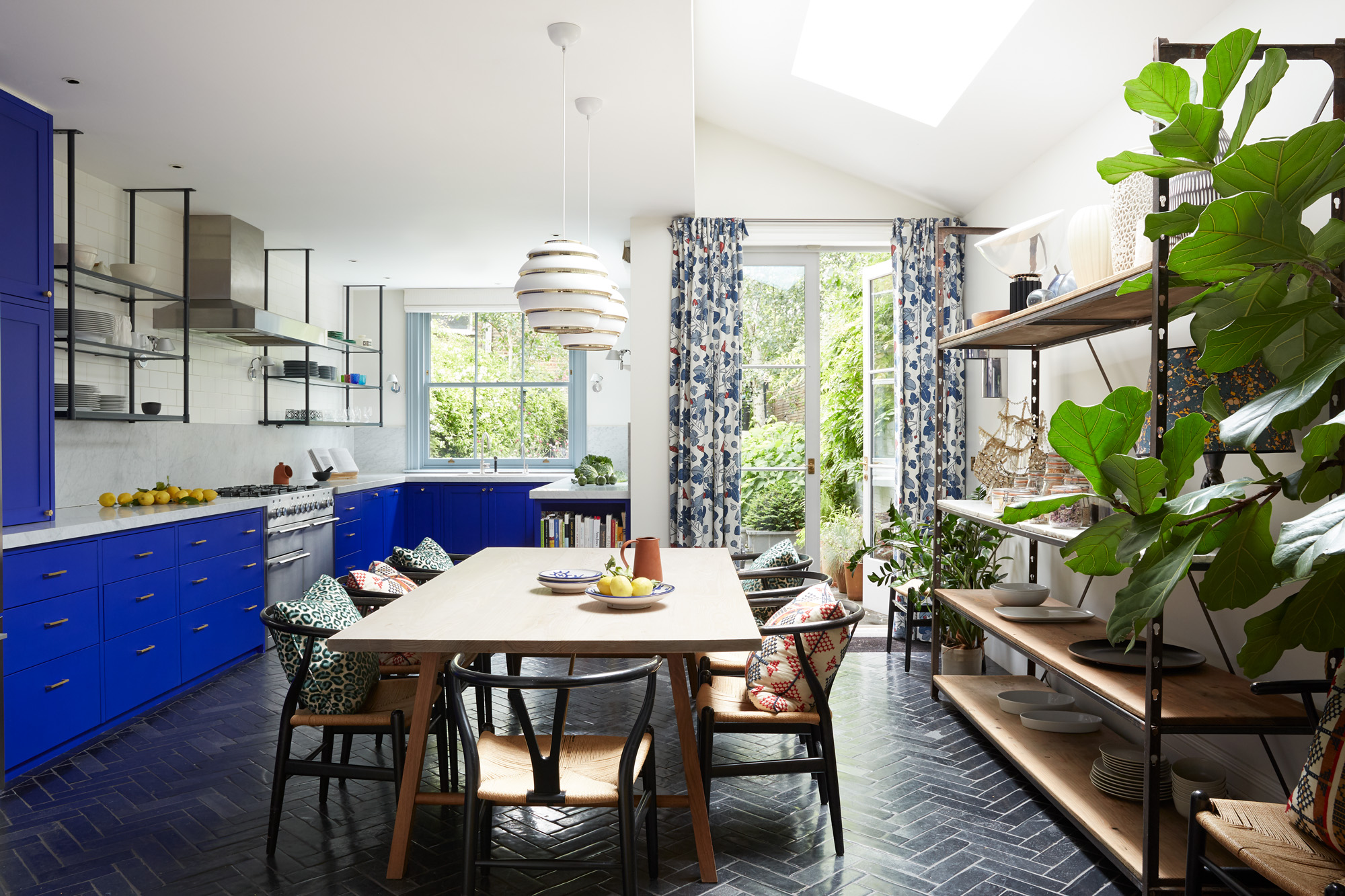
Making remote work, work
Much like face masks, social distancing and hand-sanitiser stations, working from home has been one of the biggest cultural shifts in our “new normal”. And for some, it seems as if it might be a permanent fix to our routines. As a result, the demand for home offices has skyrocketed – a trend noticed by interior designer Saskia Blythe of Blyth-Collinson Interiors. For her, designing environments that can ingeniously double as offices has become the norm. In the past year, she recalls working on home-office conversions to accommodate a couple as well as separate nooks for homeschooling and studying.
As people invest in purpose-built or adapted spaces to facilitate flexible working patterns, the De Rosee Sa directors predict that the home office will become more sophisticated too. That could manifest as clever joinery to hide a desk, perhaps a well-stocked library to backdrop Zoom calls, extra space to accommodate bigger computer screens or standing desks to ease discomfort and break the monotony of sitting.
Mindful design
Multifunctionality isn’t the only change to the way we think about our homes. There’s a growing awareness that, more than a place to live, our interiors affect how we feel, work and interact. As such, many designers are integrating wellbeing and positivity into their creative principles.
Take Fran Hickman, for instance. Sidestepping interiors trends, her designs are guided by clients as people. On a very practical level, that means dedicating space to meditation and or working out – activities conducive to good health. She notes that fireplaces have become a hot request, reflecting on the many ways in which they add warmth to a home. But above all, she places emphasis on decluttering to soothe the mind. “It’s important a space is comfortable, clean and light and, where possible, incorporates a bit of outdoor life.”
Of course, neutral palettes and a pared-back aesthetic won’t make everyone tick. By contrast, Max and Claire of De Rosee Sa have found that bold colours, texture and good lighting are the holy trinity that underpins expressive, uplifting spaces. “Sparse interiors may no longer work in rooms that now need to be multifunctional, used for sleep, work, yoga and more,” they muse. “A relaxed interior with a more forgiving and ‘lived in’ look will be favoured over white, minimal spaces.”
Natural immersion
It’s a truth universally acknowledged that you always want what you can’t have. And the Great Outdoors never looked so appealing as it did during lockdown. Couple that with Zoom fatigue and a few too many hours spent doomscrolling and, more than ever, we’re seeking to unplug and reconnect with the natural world. “Amid all the human chaos, connection to nature is quite grounding,” says Fran.
Correspondingly, designers are bringing the outdoors in. Flick through the portfolio of architecture studio Cousins & Cousins and you’ll find a homage to natural light. Founders Ben and Jelena create designs that capitalise on daylight with large windows, as well as access to terraces and gardens. Kenwood Lee House, for example, uses floor-to-ceiling windows to open the home to expansive woodland views. “If a natural light source isn’t available, artificial lighting can be introduced that mimics the natural circadian rhythm of the day with changing colour temperatures,” they suggest. They often use plants too, both for their ability to calm the mind and clean the air.
Nature is our ticket to the good life for Max and Claire. “The use of natural, organic materials, access to nature via gardens large or small, and even large windows can lift the spirits,” they muse. Their work at De Rosee Sa is a testament to this. With dual-aspect windows and skylights, The Courtyard House in west London establishes a frictionless transition between the inside and outside worlds. “If access to outdoor space is off the cards, then bringing the outdoors in, with lots of greenery in the home, is a great way to create an uplifting environment.” Their dream project? To design a garden room full of plants.
Indeed, biophilic design could be a solid foundation for improved mental health. “Natural, tactile, solid materials with longevity remind us of our wider environment,” says Suzy Hoodless, an interior designer known for marrying eclecticism and functionality. “Then we can start to layer furniture, lighting and finishes, using colour and texture to further enhance and aid a sense of wellbeing. We want an easy, cohesive rhythm to flow throughout a home; well-made objects that support us in our lives and give us never-ending satisfaction.”
Awareness of how our actions impact the environment has made quality and durability recurring concerns when purchasing furniture or appliances. “The use of natural or recycled materials can create an uplifting environment and will age gracefully,” explain Pereen and Nilesh. “Materials that are visually and texturally appealing can make spaces both feel comfortable and react to different light levels throughout the day, which in turn can nurture different moods.” Their project on St Saviour’s Road is an impeccable study of wooden accents and fittings that echo their eco-conscious values.
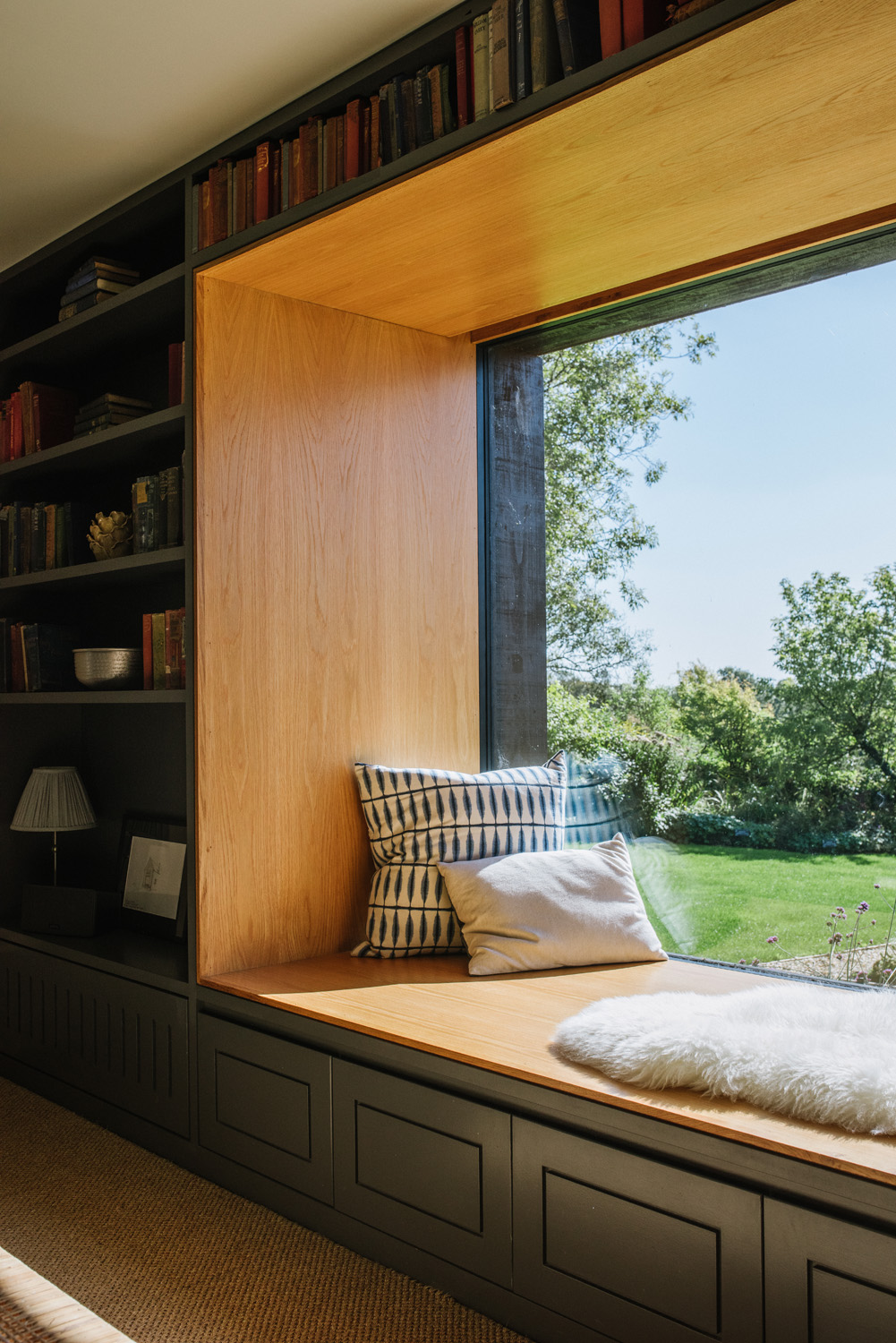
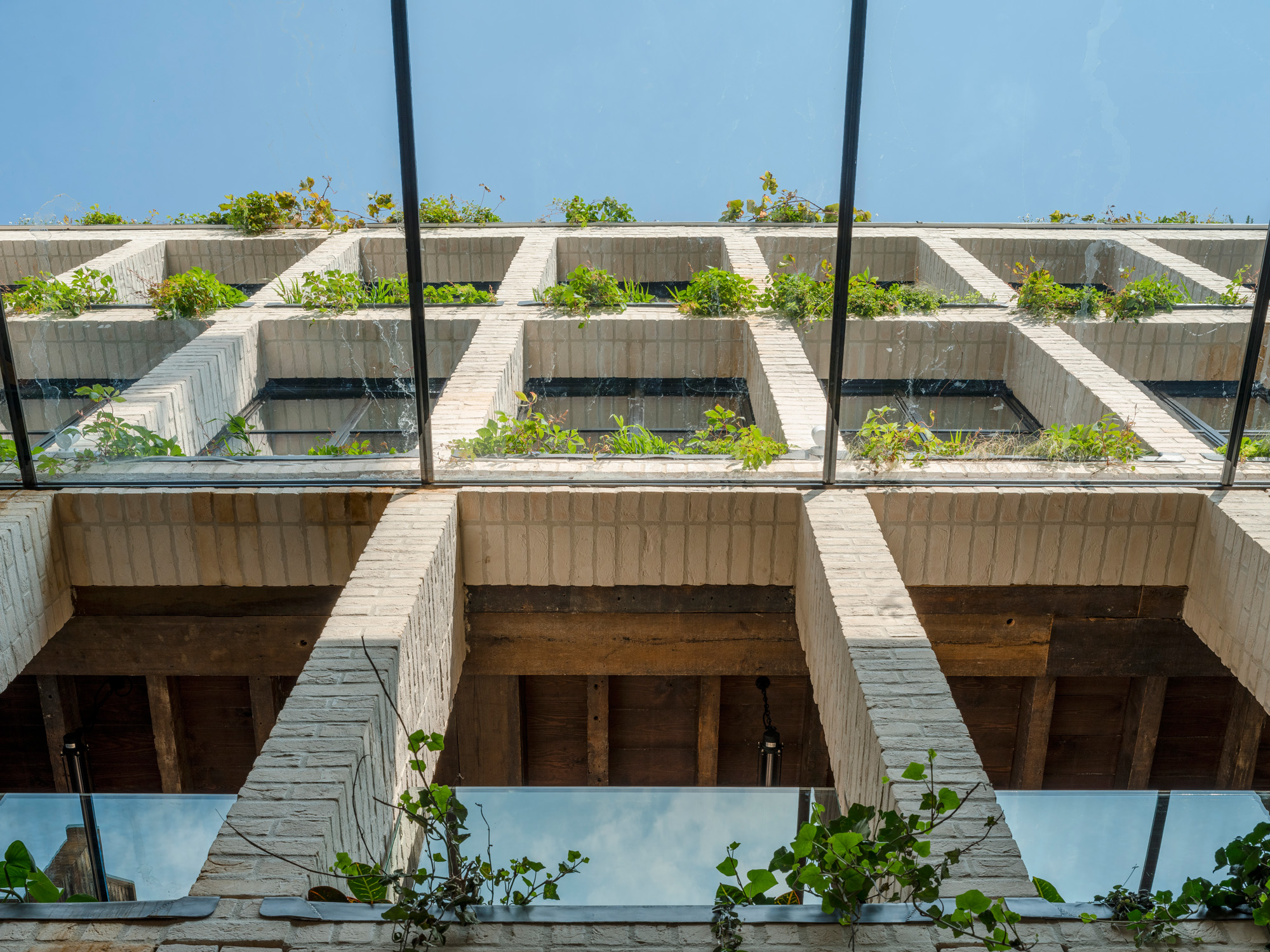
The new neighbourhood
Of course, the idea of “home” doesn’t stop when you step out your front door. For Ben and Jelena, the so-called “20-minute neighbourhood” will become a big factor in people’s choice of where they choose to live in the near future. “There is a growing interest in creating areas that will serve people’s daily needs within a short walk or bicycle ride from where they live,” they say. “The benefits of this approach are multiple: people are encouraged to become more active, improving their mental and physical health, traffic is reduced and air quality improved. Local shops and businesses also thrive, and people will often see more of their neighbours, strengthening community bonds.”
Moving forward
It’s hard to think of one part of our society that will remain unaltered by the pandemic – and our homes are no exception. As residential designers adapt to our shifting needs and desires, it’s likely that multifunctionality, nature and wellness will shape our living spaces of tomorrow


